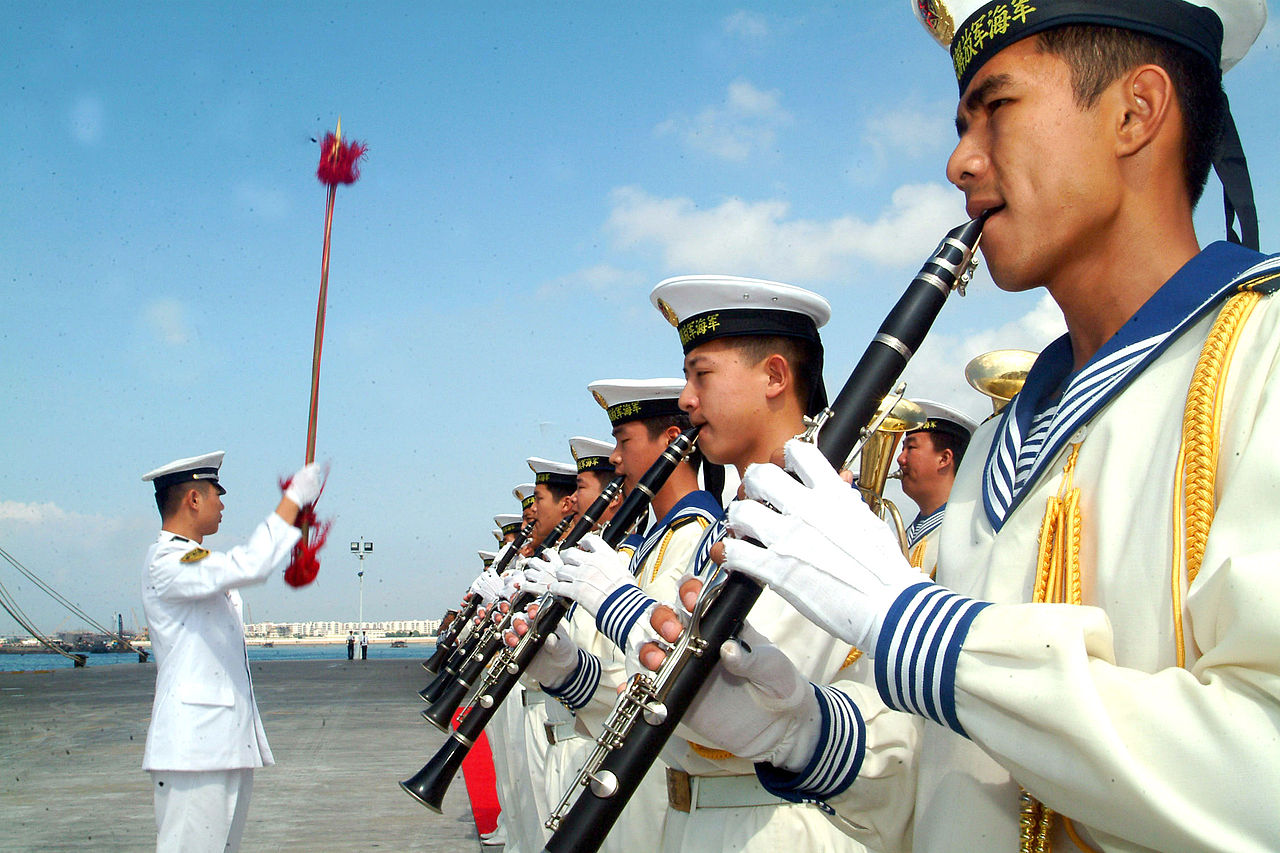
China’s People’s Liberation Army (PLA) Navy is embarking on a regional charm offensive this autumn by sending a pair of ships on friendly visits – including a rare port call in Japan – as part of an ongoing effort using the military to further diplomatic missions.
This week, PLA Navy guided-missile destroyer Taiyuan (Hull-131) is due to take part in an international fleet review in Sagami Bay, Tokyo, according to a statement released by China’s Ministry of National Defense. At the same time, Chinese naval training ship Qi Jiguang (Hull-83) pulled into the port of Dili in East Timor, as part of a two-month training cruise visiting a host of nations, according to China’s Ministry of National Defense.
These October port calls made by the PLA Navy are the latest examples of what China watchers and regional experts say is increasingly an integral part of China’s foreign relations: military diplomacy.
Military diplomacy is about protecting China’s sovereignty, safety, security and development interests. About five years ago, Chinese President Xi Jinping unveiled the policy of using the military to further China’s economic aims, Bonnie Glaser, the director of the China Power Project at the Center for Strategic and International Studies, told USNI News.
“We really have seen a ramping up of China’s military diplomacy since then,” Glaser said.
The China Power Project recently published an in-depth analysis of China’s increased military engagement with other nations. Between 2003 and 2016, China conducted several large-scale military exercises with Russia. However, China’s most frequent military exchange partner during this period was the U.S., according to the China Power Project research.
In practice, military diplomacy means the PLA takes part in bilateral or multilateral exercises, sends senior military leaders to high-level engagements with militaries around the world and sends ships on port visits.
“Military diplomacy has become very important as part of China’s overall strategy of interacting with the world,” Glaser said.
China’s government is very open about its use of the PLA to further its diplomatic efforts. Last week, Senior Col. Zhou Bo, from China’s Ministry of National Defense, said during an interview on China’s state-sponsored English language news channel CGTN that the PLA is not just for defending China’s territories
“It’s not only territorial defense you got to do. You have two things more: one is the ever-growing national interests overseas and accompanying national responsibilities,” Zhou said.
While in East Timor, the crew from Qi Jiguang is scheduled to meet with local government and military leaders. Rear Adm. Yu Wenbing, commanding officer of the mission, is expected to meet with students from East Timor who attended training at China’s PLA Dalian Naval Academy, according to the release.
“I think that the Chinese see this is an effective way to influence public in other countries, to create better relationships and more professionalism and provide more exposure for their own military,” Glaser said. “It provides them some experience, sailing experience going around the world. While they’re there, they can engage in meeting publics as well as military exercises.”
By sending Taiyuan to participate in the Japan Maritime Self-Defense Force fleet review in Tokyo, the PLA Navy is showcasing one of its newest guided-missile destroyers. Naval ships from the United Kingdom, India, Australia, Canada, Singapore and the U.S. are expected to participate in the review, scheduled for Oct. 14.
Taiyuan, commissioned in December, is described by China as being a new type of guided-missile destroyer, with a displacement of 6,000 tons. In comparison, an Arleigh Burke guided-missile destroyer has a displacement of between 8,230 tons and 9,700 tons, according to a Navy fact sheet.
Taiyuan’s visit to Tokyo also comes on the heels of a visit made by a JMSDF destroyer to China to participate in activities commemorating the 70th anniversary of the founding of the PLA Navy.
“I think that they see it as an effective way to share maybe some of the soft power side of the military with the world,” Glaser said of China’s embrace of military diplomacy.





